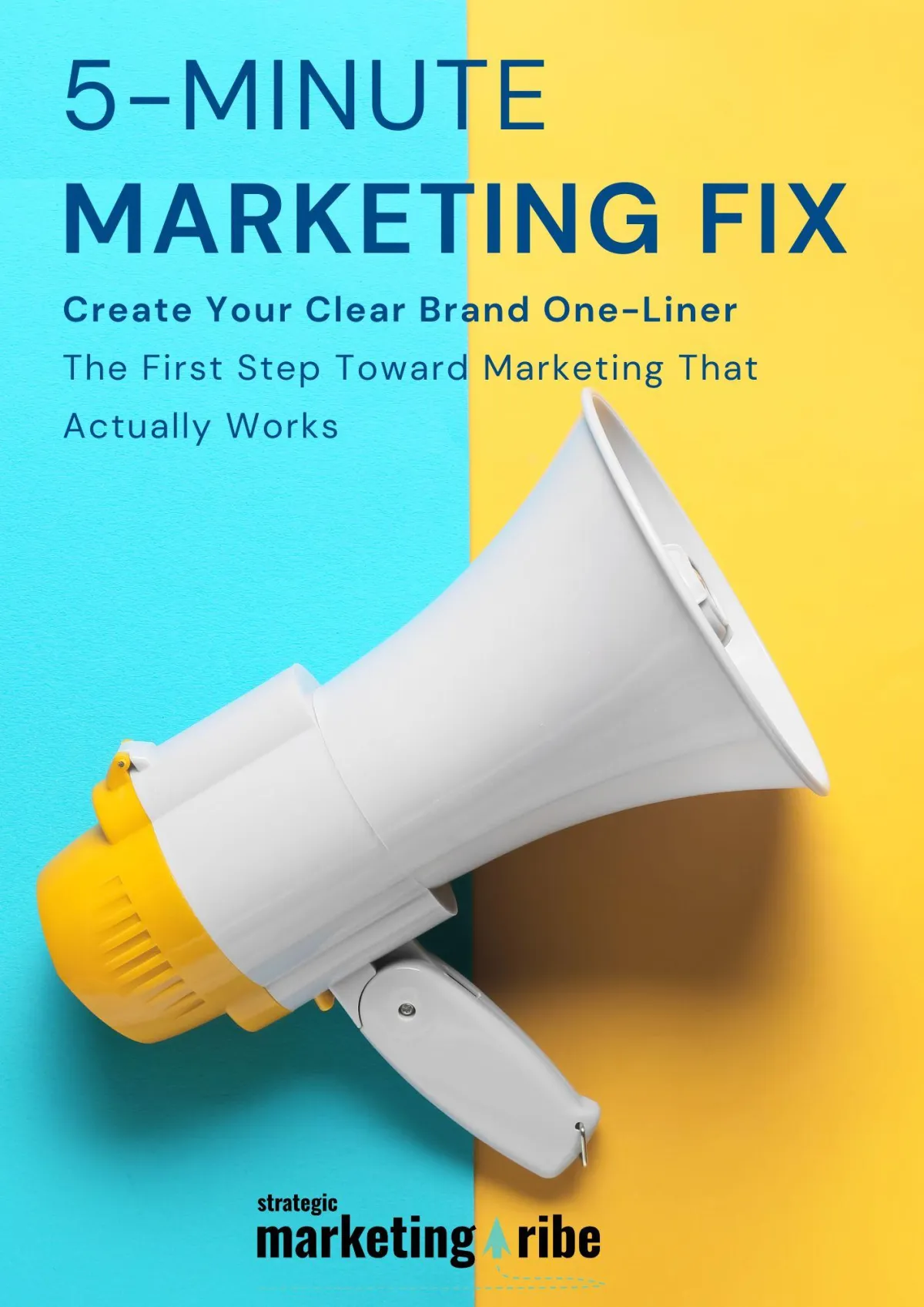NEWS, MEET STRATEGY
Real news, real insights – for small businesses who want to understand what’s happening and why it matters.

AI Isn’t Getting As Cheap As Everyone Said—Here’s Why
By Vicky Sidler | Published 12 October 2025 at 12:00 GMT+2
Remember when AI was supposed to become “too cheap to meter”? That was cute.
Instead, we’re now in the middle of an AI pricing plot twist, and it’s the small businesses and startups footing the bill.
According to the Wall Street Journal and a growing chorus of real-world founders, AI models may be getting smarter, but they’re also getting more expensive to run. Even as the per token price drops, the number of tokens needed for even basic tasks has exploded. So while it looks cheaper on the surface, your bill says otherwise.
If you’ve ever wondered why your AI tool is suddenly acting like your most expensive employee, this one’s for you.
TL;DR:
AI token prices are down, but usage has ballooned
Startups are losing margins just to keep AI running
Complex AI tasks burn through hundreds of thousands of tokens
Infrastructure giants like Google are squeezing smaller players
Smart founders are now tracking AI spend like cloud costs
👉 Need help getting your message right? Download the 5-Minute Marketing Fix
Table of Contents:
AI Isn’t Getting As Cheap As Everyone Said—Here’s Why
Why Your AI Bill Feels Like Rent:
The Hidden Cost of “Smart” Features:
How to Stop Bleeding Money on AI:
Marketing Still Needs Clarity—Even When AI’s Doing the Work:
1. AI Marketing Works Best With a Human Brain
2. Digital Marketing Costs in 2025: What Agencies Really Charge
3. AI Cheating Prompts Return of In-Person Interviews
4. Humans Beat AI at Adapting—Here's Why That Matters for Your Marketing
5. AI Search Distrust Grows—What Small Brands Should Do
FAQs on AI Startup Costs and What They Mean for Small Businesses
1. Why are AI tools getting more expensive if the token prices are going down?
2. What’s a token, and why does it matter?
3. How much does it actually cost to build an AI tool from scratch?
4. Do small business owners need to worry about these costs?
5. Is there a way to reduce AI-related costs?
6. Why are infrastructure companies like Google winning in this space?
7. Should I stop using AI tools altogether?
8. How can I keep my marketing message clear if I’m using AI to help write it?
Why Your AI Bill Feels Like Rent:
One token is cheap. A million tokens? Not so much.
Startups using AI to code, summarise documents, or build chatbots are watching their usage climb into six figures—per task.
Want your app to write some code? That’s 20,000 to 100,000 tokens. Need it to analyse a legal doc? That’s up to 250,000. Want a multi-step agent that actually gets something done? Cool, now you’re in the million-token club.
AI isn’t just spitting out answers anymore. It’s thinking. It’s double-checking itself. It’s googling, running code, summarising results, and then packaging it all up. That’s a lot of processing. And all of it costs tokens.
The Hidden Cost of “Smart” Features:
Ivan Zhao, CEO of Notion, said it plainly: AI has shaved off 10 percentage points from their once 90 percent margins. That’s not pocket change. That’s “rethink the business model” territory.
Tools like Replit and Cursor have started charging more or cutting features to stay afloat. Some users burn through their monthly credits in days.
The irony? While token costs drop each year, usage keeps outpacing the savings. The smarter AI gets, the hungrier it becomes.
And it’s not just the big players feeling the squeeze. I run a small business. I’m not training million-dollar models or crunching giant datasets—but I do use AI tools every day to help with content, research, and admin.
Here’s what’s changed:
Every platform I use has added some form of AI—and with it, new fees. $10 here. $15 there. One tool doubled its price overnight when it added a “smart assistant.”
But here’s the kicker: some of that AI, I don’t even want. Or need. Or use.
It’s just there. Bundled into the software I was already paying for, with no option to turn it off or opt out of the cost.
None of these increases feel massive on their own, but together they’ve pushed my monthly expenses up significantly. And for small businesses with tight margins, that kind of quiet creep can become a serious problem.
Why Big Tech Keeps Winning:
There’s another layer. Startups buying AI from OpenAI or Anthropic are going up against Google, who owns the whole supply chain. Google can give away its coding tools for free because it also owns the infrastructure.
It’s like trying to sell lemonade while Amazon gives away iced tea and owns the water, sugar, and cups.
How to Stop Bleeding Money on AI:
Here’s where things get practical. Startups are responding with smarter architecture. Instead of treating AI like a magic box, they’re:
Using multi-model routing to send simple requests to cheaper tools
Setting spend limits and tracking token burn in real time
Adopting cost-plus pricing so clients cover AI use
Training only the layers of AI models that matter
Using “distillation” tools to shrink models without losing quality
If you’re using AI in your business, treat it like cloud spend. Monitor it, cap it, and pass the cost where it belongs.
A Reality Check for Founders:
Training a large AI model like GPT-4 costs upwards of 78 million dollars. Building even a basic AI MVP might set you back $60,000, with ongoing cloud fees of $30K to $80K a year.
AI is no longer a cheap experiment. It’s a serious cost center that needs serious strategy.
You don’t have to build the next OpenAI. But if you’re using their tools, make sure your business model can handle the weight.
Marketing Still Needs Clarity—Even When AI’s Doing the Work:
Here’s the thing. Whether you’re using AI for emails, web content, or customer service, your message still has to land. The tech won’t save you from a weak pitch or vague copy.
If you want AI to actually help you grow, start by getting your core message right.
Get my 5-Minute Marketing Fix and write a one-liner that works, even if AI is doing the typing.
Related Articles:
1. AI Marketing Works Best With a Human Brain
If rising AI costs have you questioning your tech stack, this one shows where the real value lies. Smart brands use AI for scale but trust humans for the strategy.
2. Digital Marketing Costs in 2025: What Agencies Really Charge
Wondering where to cut costs without cutting corners? This post breaks down actual agency pricing and helps you make smarter budget decisions in an AI-inflated market.
3. AI Cheating Prompts Return of In-Person Interviews
AI isn’t just expensive—it’s also creating new trust problems. Here’s why even tech giants are going back to face-to-face interviews.
4. Humans Beat AI at Adapting—Here's Why That Matters for Your Marketing
AI can process faster, but humans still adapt better. This article explains where you can skip the tools and trust your gut.
5. AI Search Distrust Grows—What Small Brands Should Do
Spending more on AI won’t help if your audience doesn’t trust it. Here’s how to balance automation with messaging that actually connects.
FAQs on AI Startup Costs and What They Mean for Small Businesses
1. Why are AI tools getting more expensive if the token prices are going down?
Because the newer models are doing more behind the scenes. They run searches, double-check their answers, write code, summarise results, and repeat if needed. That takes more tokens per task, which means a higher bill—despite cheaper pricing per token.
2. What’s a token, and why does it matter?
A token is a chunk of text that AI tools use to process information. Think of it like a word piece. You get charged based on how many tokens your task needs. Simple tasks use a few. Complex tasks can burn through hundreds of thousands.
3. How much does it actually cost to build an AI tool from scratch?
It depends. A simple AI MVP might start at $60,000. More advanced tools with deep learning can hit $500,000 or more. Plus you’ll need $30K to $80K a year for cloud hosting—and that’s before you factor in maintenance or updates.
4. Do small business owners need to worry about these costs?
Yes, even if you’re not training your own models. Most small businesses now use tools that include AI—and many of those tools are quietly getting more expensive. You may be paying for AI features you don’t need, can’t switch off, and never asked for.
5. Is there a way to reduce AI-related costs?
Larger companies are starting to track AI spend like cloud costs. That means setting token budgets, routing tasks to cheaper models, and using tools that compress or simplify the AI model without losing quality. For small businesses, start by reviewing your tools. Are you using the AI features you’re paying for?
6. Why are infrastructure companies like Google winning in this space?
Because they own both the tools and the infrastructure. That means they can afford to give away things like AI-powered coding assistants for free—because the real money is being made elsewhere. Smaller companies that have to buy their AI can’t compete on price.
7. Should I stop using AI tools altogether?
No. AI can still save you time and improve efficiency—if used wisely. The key is to be strategic. Use it where it supports your business, not where it bloats your costs or muddies your messaging.
8. How can I keep my marketing message clear if I’m using AI to help write it?
Start with a strong foundation. AI can help with structure, ideas, or editing—but it can’t replace a clear, human message. That’s where the5-Minute Marketing Fix comes in. One sentence. Total clarity. Use it to keep your message on track no matter how fancy your tools get.

Created with clarity (and coffee)







